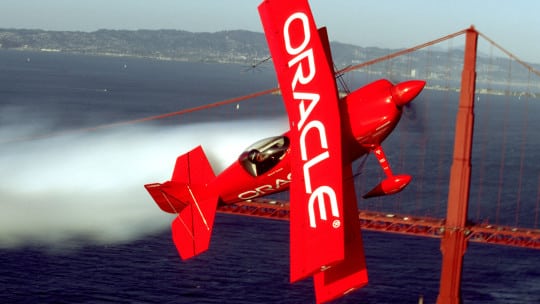
For communicators looking to implement visual campaigns across the social spectrum, there’s no shortage of things to consider when building a measurement framework.
Large multinational corporations like Oracle, for example, need to take into account which platforms have greater impact in various countries around the globe. Though many organizations don’t have to deal with this kind of complexity, there’s always the issue of making sure everyone internally is speaking the same measurement language.

Layla Revis, vice president of global social media for Oracle, will be giving attendees of PR News’ Visual Storytelling Boot Camp an inside look into how communicators can successfully develop and implement visual campaigns for social media. At the full-day boot camp, which takes place in San Francisco on Aug. 9, attendees will learn what it takes to really succeed in the increasingly visual social media space.
As a preview, Revis offers these three tips for communicators looking to set up a measurement strategy for visual campaigns.
Speak the same language
Make sure everyone is on the same page when it comes to what you’ll be measuring. Different lines of a business have access to different information and terminology. For a global company, consistency across channels and markets is important. Additionally, it's important to take into account how social channels are used around the world. For example, Twitter may be popular in the United States, but in parts of South East Asia, another social channel like Instagram may be more popular among a particular audience.
Benchmark before you get into the campaign
Whether you're measuring against the same event or campaign you launched last year or against the competition, be sure to consider different benchmarking and measurement frameworks for different platforms. What you find may surprise you. Certain B2B content, for example, may perform better on Facebook, while other content drives more engagement on LinkedIn. If you keep an eye on these things, you can tailor specific campaigns to specific goals.
Don’t give up on impressions
The importance of impressions depends on your goal. If you’re trying to raise awareness, then impressions are important, but if your goal is demand generation, and you’re trying to push users through a particular phase of the sales funnel, you may have to redefine your methodology with conversions in mind. Impressions alone should never be the sole focus of measurement efforts, nor should engagement alone. After all, you could create a terrible piece of content that is shared and commented on negatively with terrific impressions. An informed combination of reach, engagement, conversions, sentiment and message pull-through must be considered. This is important when you examine the amount of people who passively consume social media content and may not always like, comment or share it. Getting people to act is, of course, the most meaningful part of measuring social success for many businesses, but loyalty is something often earned over time by knowing your audience and providing meaningful content to them in an exciting way that resonates emotionally.
See the agenda for PR News’ Visual Storytelling Boot Camp, which takes place in San Francisco on Aug. 9.
Follow Mark: @MarkRenfree
